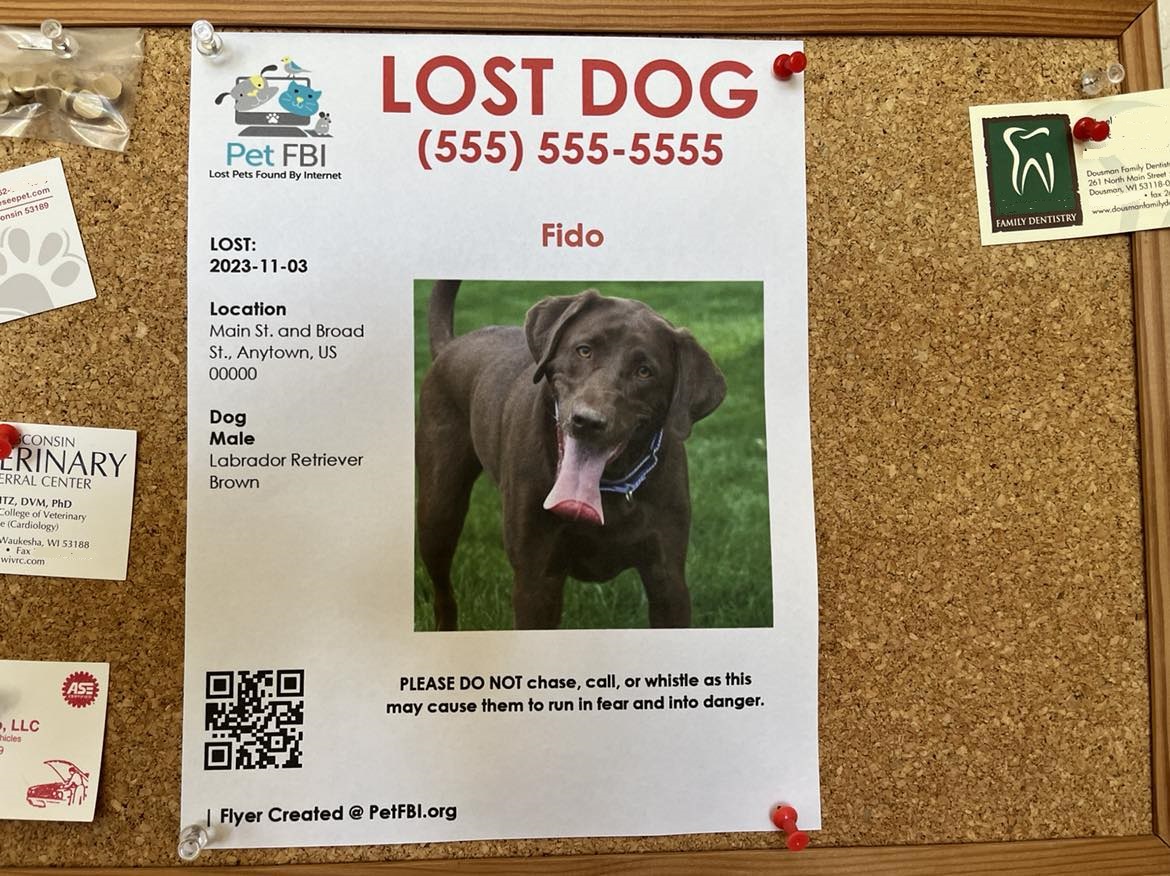




The loss of a beloved pet can be a profound and emotionally draining experience, leaving a void in the hearts of their owners. While in-person interactions and expressions of sympathy are often preferred, a well-crafted text message can still serve as a meaningful way to offer condolences and provide comfort to those grieving the loss of their furry companion.
I. Acknowledge Their Loss and Express Your Condolences
The first step in comforting someone who has lost a pet over text is to acknowledge their loss directly and express your deepest sympathy. Begin your message with a warm greeting, such as “Dear [Name],” or “Hi [Name],” followed by a heartfelt expression of your condolences. For instance, you could say, “I was so sorry to hear about the passing of your beloved [pet’s name].” or “My heart goes out to you during this difficult time of losing [pet’s name].”
If you had the privilege of interacting with their pet, take a moment to share a specific memory that brings a smile to your face. Perhaps you recall a playful moment, a heartwarming interaction, or a unique quirk that made their pet so special. For example, you could say, “I’ll always remember [pet’s name]’s playful spirit and how they loved to fetch the ball in the park.” or “I’ll never forget how [pet’s name] would always curl up on your lap and purr softly as you read.”
If you haven’t had the opportunity to meet their pet, consider sharing a story you’ve heard about their endearing qualities or the joy they brought to their owner’s life. This demonstrates your willingness to listen and connect with their grief.
III. Validate Their Feelings and Offer Emotional Support
Losing a pet is a significant loss that can trigger a range of emotions, including sadness, anger, guilt, and confusion. It’s important to validate their feelings and let them know that it’s perfectly normal to grieve in this way. You could say, “It’s understandable that you’re feeling so sad right now. [Pet’s name] was a cherished member of your family.” or “Don’t hesitate to express your emotions; there’s no right or wrong way to grieve.”
Offer your emotional support by letting them know that you’re there to listen without judgment. You could say, “I’m here for you if you want to talk about [pet’s name] or just need someone to listen.” or “Please know that I’m here to support you in any way I can during this difficult time.”
IV. Offer Practical Assistance
In addition to emotional support, you can also offer practical assistance to help ease their burden during this challenging time. Inquire if there’s anything you can do to help, such as running errands, pet-sitting for other pets, or assisting with memorial arrangements. For example, you could say, “Would you like me to pick up some groceries or help with [pet’s name]’s memorial arrangements?” or “I’m happy to pet-sit for your other pets while you take some time for yourself.”
If you’re not sure what specific assistance they might need, offer to brainstorm ideas together. You could say, “Let’s think of some ways I can help you during this time. What would be most helpful to you right now?” or “I’m here to help in any way possible, so please don’t hesitate to ask.”
V. Respect Their Boundaries and Avoid Pushing Them
While offering support is essential, it’s equally important to respect their boundaries and avoid pushing them to talk about their pet or their feelings if they’re not ready. Some people may prefer to grieve privately, and it’s crucial to honor their wishes. If they decline your offer to talk, don’t take it personally. Instead, assure them that you’re still there for them whenever they’re ready. You could say, “I understand if you’re not ready to talk right now. Please know that I’m here for you whenever you need me.” or “I respect your need for space, but please don’t hesitate to reach out if you want to talk.”
VI. Provide Resources for Pet Loss Support
If you’re aware of any pet loss support groups, counseling services, or online resources that might be helpful, share those links with them. This demonstrates your willingness to go the extra mile to support them during their grieving process. You could say, “I found this website helpful for coping with pet loss: [website link].” or “I know there are pet loss support groups in the area. Would you be interested in finding out more about them?”
VII. Remind Them of the Positive Impact Their Pet Had on Their Life
Take a moment to remind them of the positive impact their pet had on their life. Share how their pet enriched their life with love, companionship, and joy. You could say, “[Pet’s name] was such a special pet and brought so much happiness into your life. Remember all the wonderful times you shared together.” or “[Pet’s name] was lucky to have such a loving owner in you. They will always be cherished in your memories.”
VIII. Reassure Them That Their Pet’s Memory Will Live On
The loss of a pet can leave a feeling of emptiness, but you can reassure them that their pet’s memory will live on through the love and happy moments they shared. Consider sharing a quote or poem about pet loss that resonates with you, or express your belief that their pet’s spirit will always be with them. Here are some examples: “The bond between a pet and owner is truly special. [Pet’s name]’s memory will forever be a part of you.” or “[Quote about pet loss: ‘The pain of losing a pet never truly goes away, but the love we shared with them stays with us forever.’ – Unknown]”
IX. Offer Ongoing Support and Check In Regularly
The grieving process doesn’t happen overnight. Therefore, let them know you’re there for them, even as time passes. Don’t assume their grief has subsided after a single text message. Instead, check in with them periodically with a simple text asking how they’re doing and reiterating your support. You could say, “Thinking of you and [pet’s name] today. How are you holding up?” or “Just wanted to check in and see how you’re doing.” By maintaining this ongoing support, you can offer comfort and compassion as they navigate through their grief.
X. End the Message with a Warm and Compassionate Closing
End your message with a warm and compassionate closing that reaffirms your condolences and ongoing support. Here are some examples: “With deepest sympathy,” “Thinking of you,” “Sending you love during this difficult time,” or “Here for you always.”
Remember, a heartfelt text message can go a long way in comforting someone who has lost a pet. Keep your message concise, sincere, and respectful of their grieving process. By offering your support and allowing them to express their emotions, you can help them navigate this challenging time and honor the memory of their beloved pet.
